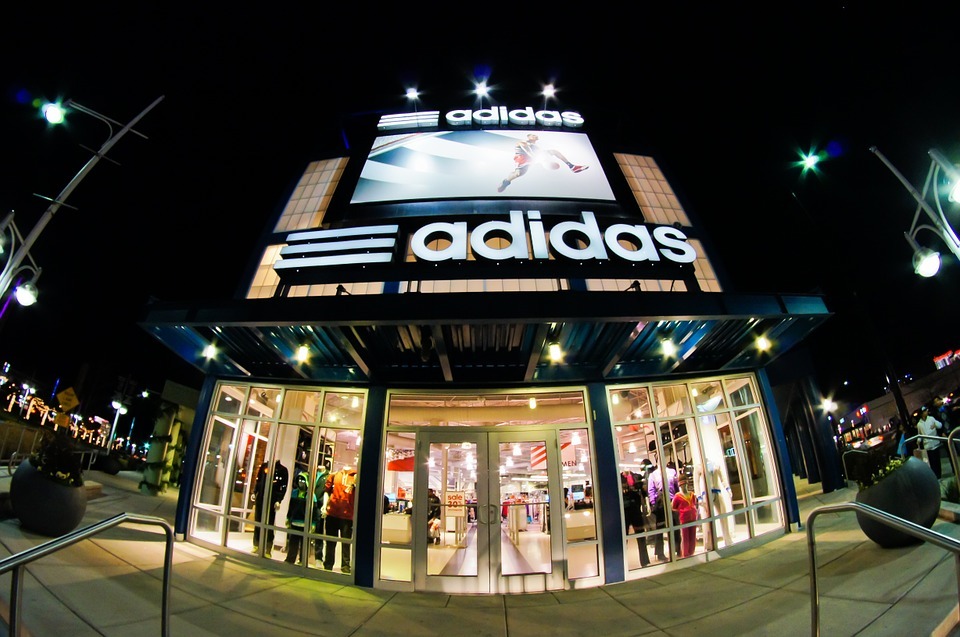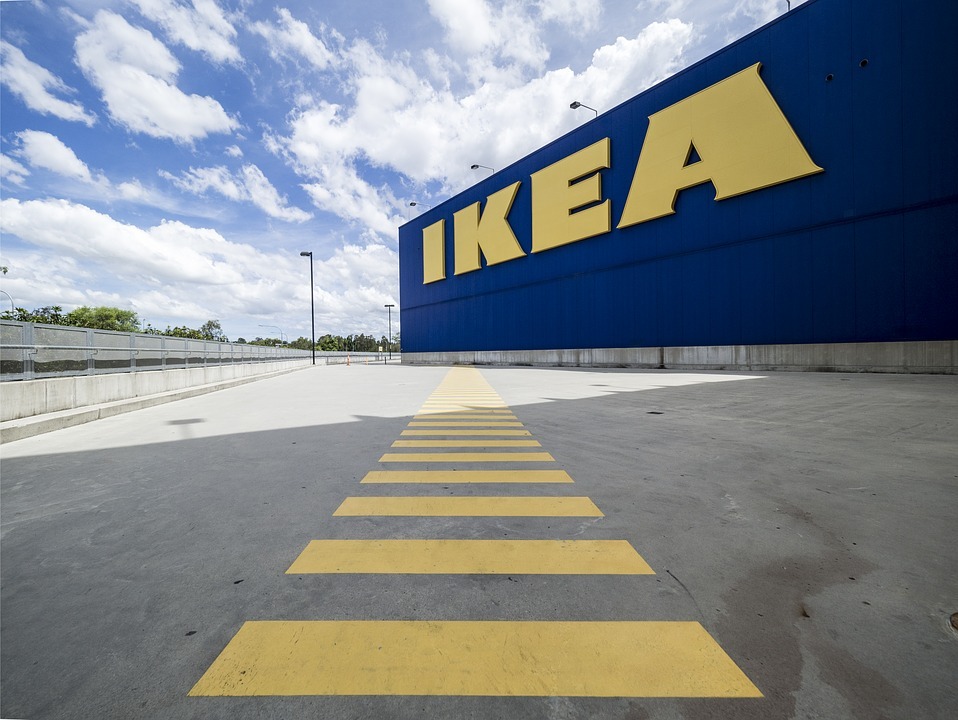Augmented Reality: a new way of marketing
When Pepsi in 2014 installed AR technology in a London bus stop shelter, they succeeded in their goal of attracting public’s attention. Pedestrians reaction was exhilarating, but the numbers offer a maybe even more interesting perspective: more than 6 million visualizations on YouTube, making the video of that event one of the most visualized.
From Pepsi to Instagram Stories
5 years ago, when Pepsi decided to surprise Londoners, simulating lions, UFOs and monstrous creatures coming out from manholes, the resulting was sensational. Nobody was used to Augmented reality, and it was hard to believe their own eyes, in front of phenomena of that kind. A new way of creating curiosity was originated by an inability of distinguishing reality from virtual representations, and it led to higher appeal for advertisements AR based. Some years later, we are pretty more surrounded by these new technologies, and this diffusion now pandemic of Instagram Stories made us make use of this technology in our daily routine. But how is this technology used by companies to increase their nowadays appeal?
Fashion
A lot of brands made use of Augmented Reality technologies to accompany customers to their decision journey. One example is Foot Locker, which via Snapchat found a way to make King LeBron James pop up from advertising posters. LeBron is caught in a playing scene and moves like it is really there. Indeed, framing the Nike billboard placed in the stores, a 2D image will be transformed into a 3D animation. Astonishing. LeBron James himself then twitted a video on it, reaching in the first hour over 1,25 million visualizations.


Adidas and Snapchats' Shoppable AR
But Footlocker isn’t the only company pursuing such initiatives: another brand, another partnership with Snapchat in order to implement Augmented Reality in their stores, to trigger customers’ curiosity and then finally use it as a way of advertising themselves. This time we analyse Adidas, which sponsored in advance the new model of Ultraboost 19 release, used AR to allow fans to wear them virtually. The initiative was then replied with Deerupt release, and Adidas proved to be a leader company in the innovative field, being one of the first brands to use the Shoppable AR function, that means the e-commerce oriented face of Snapchat.
Last in time, but for sure not the least, is Gucci. The luxury fashion Maison, inspired by Adidas projects, gave its customers the opportunity of seeing a digital reproduction of 19 different sneakers just over their feet, by framing them with the smartphone camera . Moreover, the app lets users to save screenshots, and post them on social media.
Modiface: L'Oréal
Who hasn’t tried the makeup function available on Instagram Stories? All of us have had fun experimenting the infinity of face-filter that everyday buzz on this social, and between them the one of lipstick and eyeshadows is the functionality that in absolute all users know better. So why don’t we transform it in something serious, to base on a marketing campaign? This was maybe the idea of L’Oréal when they created Modiface, a service that allows to try virtually on their own face the makeups of this famous cosmetic Maison. And all of it is possible only by using a simple mobile phone. In this way, the woman is able to have a better understanding of the product, because she can distinguish if the makeup is suitable for her skin tonality. But the real key of success is represented by the platform used for this initiative: Amazon. Indeed, it isn’t necessary to download a new app, but it’s possible to try it directly from the app of the most popular online store of the world. And if Amazon decided to invest heavily on this technology, applying that to all kinds of wearable, then we would get to a new definition of e-commerce, pulling down the last wall that still justifies traditional shopping: we refer to the necessity to try the piece of clothes in the locker room, before being 100% convinced.
Augmented Reality in marketing: furniture
Finally, it couldn’t be excluded from the list IKEA, the Swedish giant of furniture. Indeed, after having built for years its worldwide fame revolutionizing the way of furnishing, with the introduction of an instructions manual, since the recent years IKEA has decided to insert an additional feature, to let consumers visualize in a virtual way how would a sofa look on the parquet of their home, or a chair in their office. Let’s talk about numbers: over 14% of consumers realized that the furniture dimensions were excessive, so they were forced to recur to refund. This new technology instead makes possible to have a more accurate vision of the consequences of our furnishing choices. Through an application, it’s possible to transform the mobile phone in a proper online catalogue, from which is possible to choose that one piece of furniture that best fits our living room, our kitchen or our office.


The future of companies is digital
In conclusion, an increasing number of companies is facing Augmented Reality to create something never seen before: a platform to let customers dip totally into the shopping experience, to accompany them more closely during their decision journey, in order to prevent them from making any possible wrong choice, in terms of product satisfaction. Experiences of this kind will then be more and more a daily issue, becoming something natural in our lives. Something that now is just an innovative feature able to trigger our curiosity, but one day could become an important instrument in most of our choices.
Do you want to learn more about high-tech?
Read:
The applications of Augmented Reality in retailing
Augmented reality for tourism: the holydays of the future
Do you want to start you project in AR? Contact us
